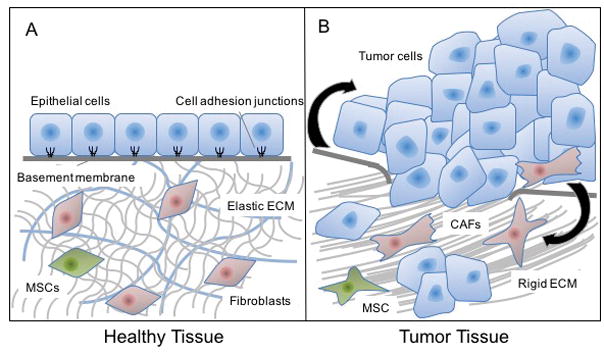Figure 1. Comparison of nonmalignant stroma and tumour strom.

a. Nonmalignant epithelial tissue is supported by a stroma composed of extracellular matrix (ECM), fibroblasts, mesenchymal stromal cells (MSCs), osteoblasts (in bone), and/or chondrocytes (in joints). Cells in the nonmalignant stroma are usually in a quiescent state and maintain homeostasis in the ECM and epithelial compartment, in part by negatively regulating the proliferation, motility, and invasion of cells in the epithelial layer. When cancer develops, the stroma undergoes vast changes to become fibrotic and activated. The ECM becomes denser and more rigid, and is composed of alternative forms of connective fibres, such as tenascin and fibronectin, which cancer cells can invade through. Fibroblasts and MSCs change shape and expression profiles and become more proliferative and secrete higher levels of growth factors, cytokines, and chemokines (black arrows). Stromal fibroblasts in the tumour microenvironment are referred to as cancer-associated fibroblasts (CAFs) or myofibroblasts. The tumour stroma promotes cancer progression and metastasis, and leads to resistance to therapy and disease recurrence.
